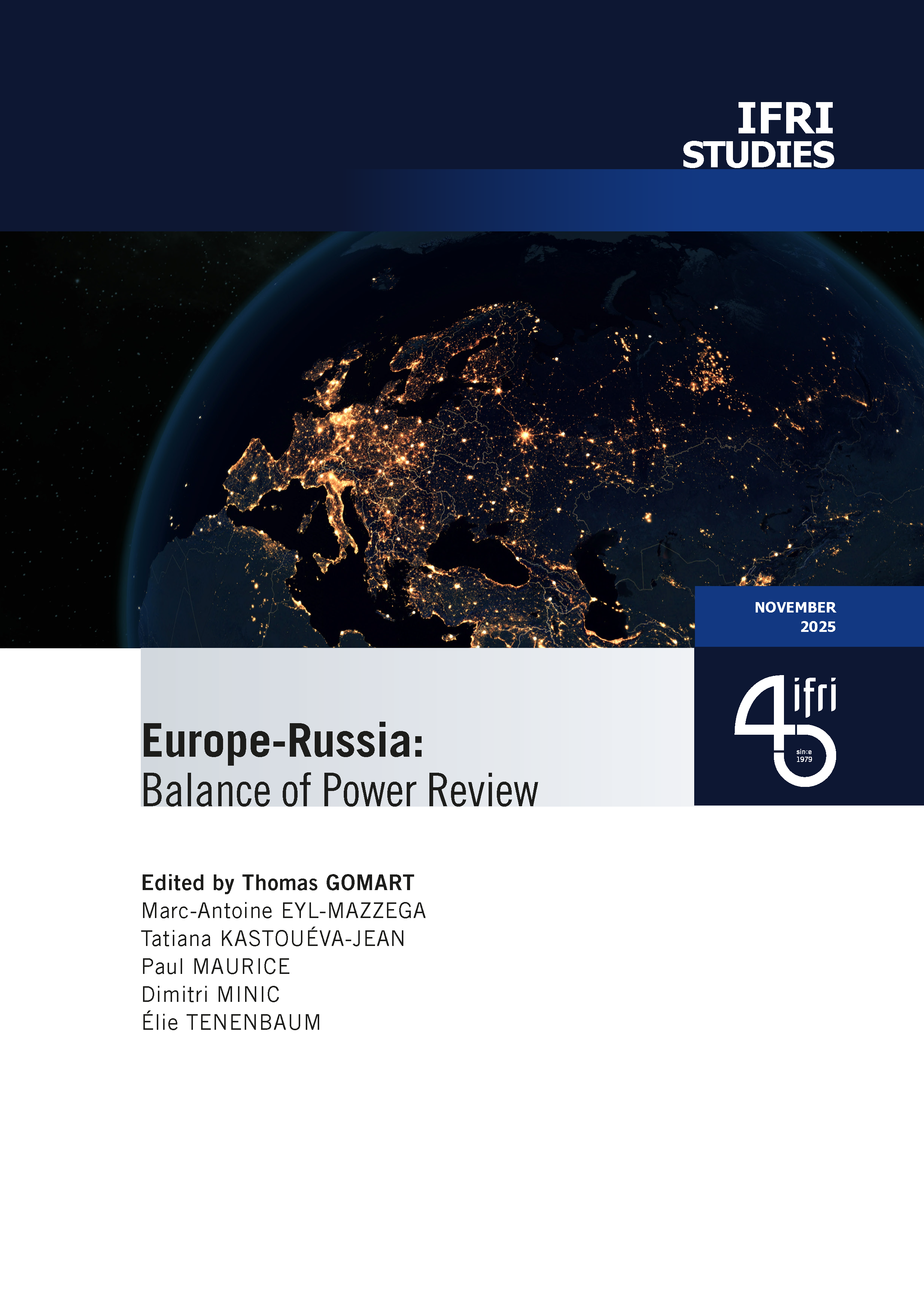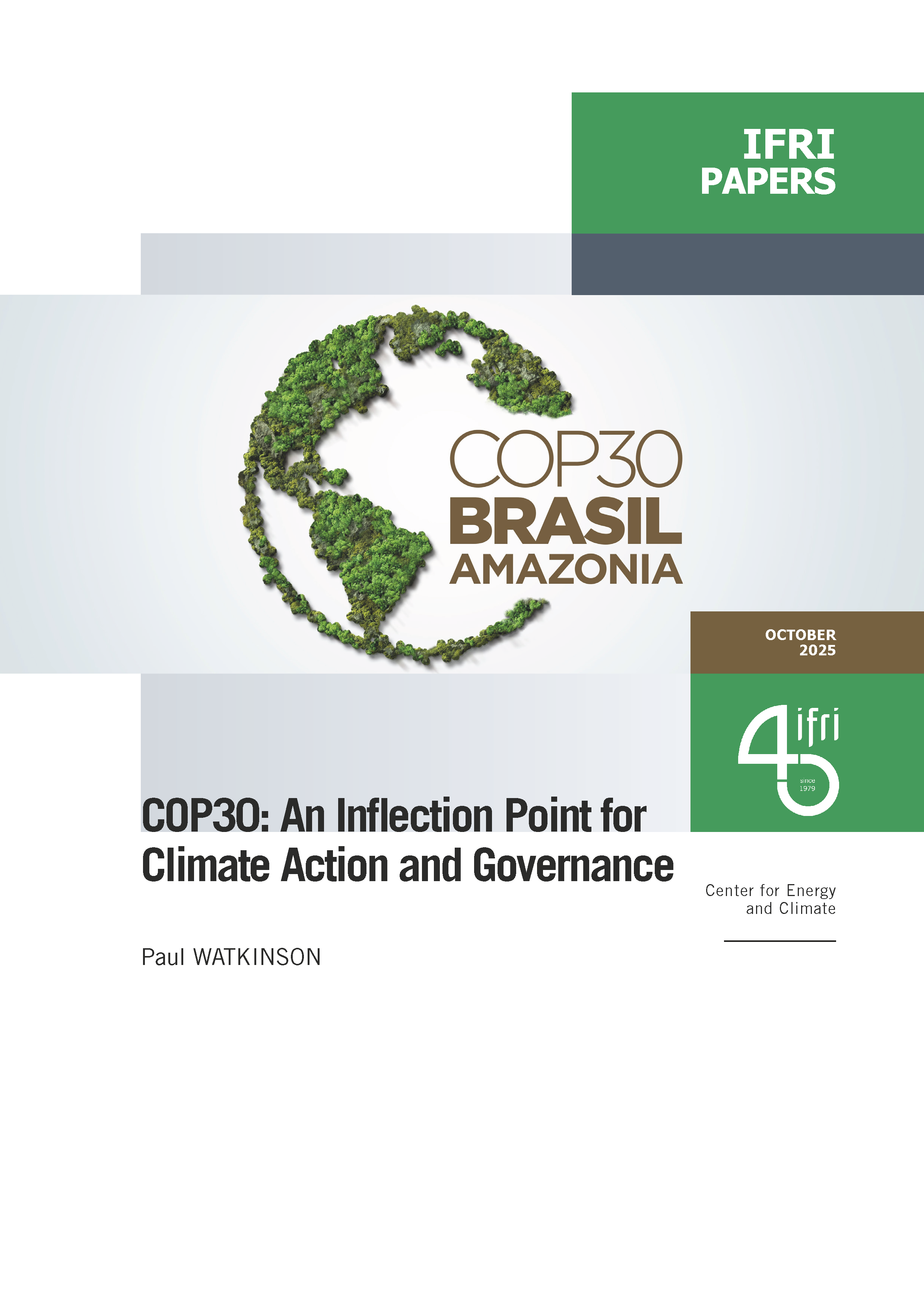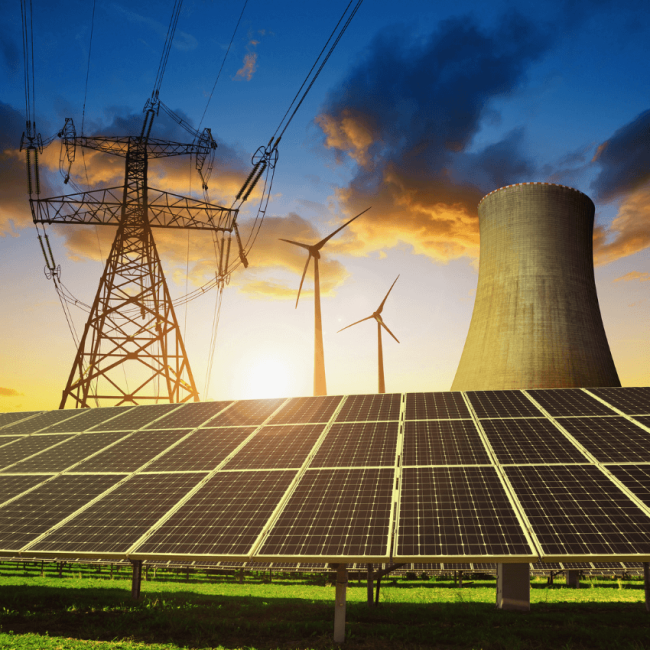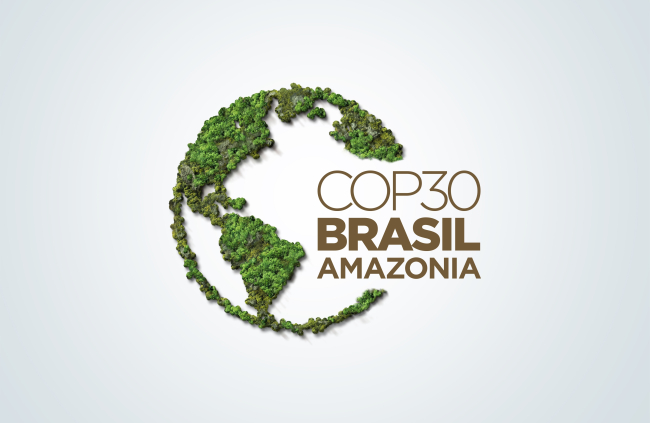Coal and Climate Change: the "Chinese Way" ?
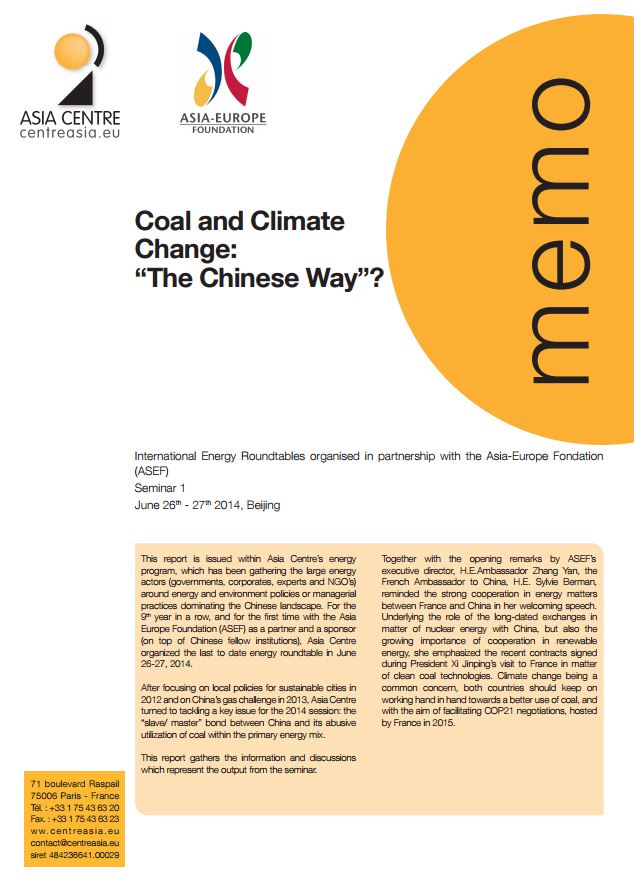
This article, issued after Asia Center and ASEF's international conference on coal issues in China (26th and 27th of June 2014 in Beijing), tackles the challenges the country is facing in restructuring its coal industry, in a context of severe and recurrent air, soil and water pollution outbursts.
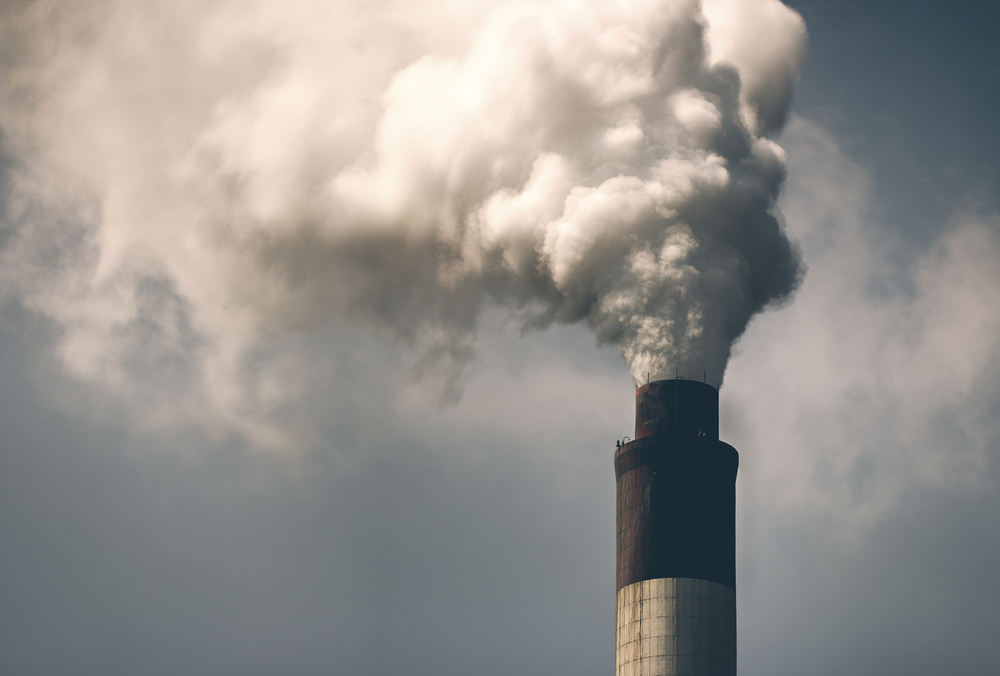
With 13% of global reserves, China is now the largest producer of coal, which fuels 80% of its power generation. However, inefficiencies all along the supply chain and transport bottlenecks drive the price of this commodity up in a context of sluggish coal demand, forcing coal companies to import. Meanwhile, more stringent environmental regulations add financial burdens on all actors of the coal industry: hundreds of small and inefficient coal mines are being closed, old ones must be reclaimed, thermal plants have to be upgraded to meet air pollution standards…The restructuring coal industry is betting on vertical integration, implementation of market mechanisms and new technologies to face these challenges, giving foreign companies new business opportunities.

Available in:
Regions and themes
Share
Related centers and programs
Discover our other research centers and programsFind out more
Discover all our analysesBrazil One Year Away from the October 2026 General Elections
Brazil’s general elections will be held on October 4, 2026, to elect the president, vice-president, members of the National Congress, governors, deputy governors and state legislative assemblies. For the presidential and gubernatorial elections, a second round will be held on October 25 if no candidate obtains a majority of the votes in the first round.
COP30: An Inflection Point for Climate Action and Governance
The 30th Conference of the Parties (COP30), opening in Belém, Brazil, on November 10th 2025, convenes at a perilous moment.
The Strategic Dimension of Skills in the Clean Industrial Deal
In the competitiveness and energy transition battles, the European Union (EU) must master a determinant factor: skills.
The Energy Transition Faces Geopolitical Challenges. How Can Ideological Divides Be Overcome?
President Trump’s positions and policies, combined with record coal consumption and booming global electricity demand, geo-economic confrontation, and widespread concerns about energy security, are changing the game when it comes to understanding realistic decarbonization trajectories. The war in Europe is intensifying competition between defense and transition budgets. This is also the case elsewhere in the world.


